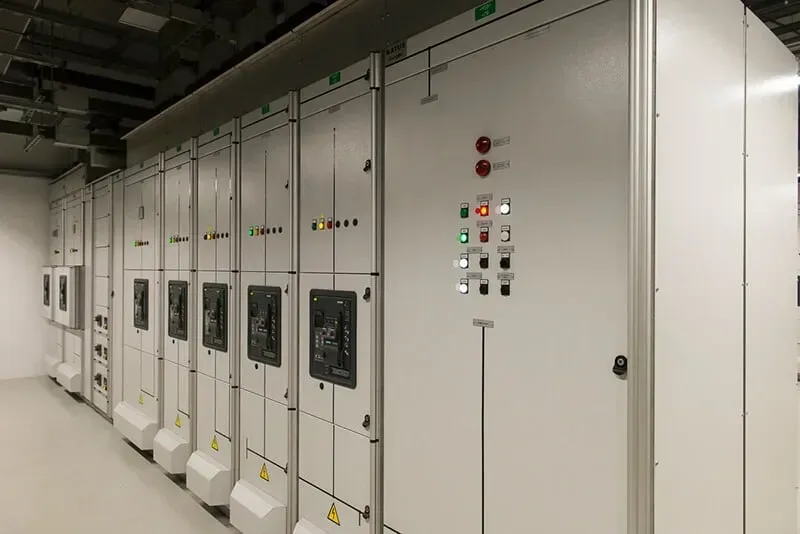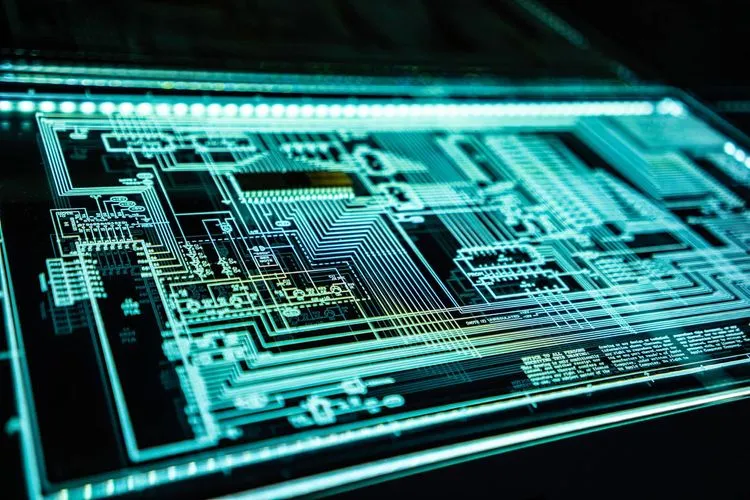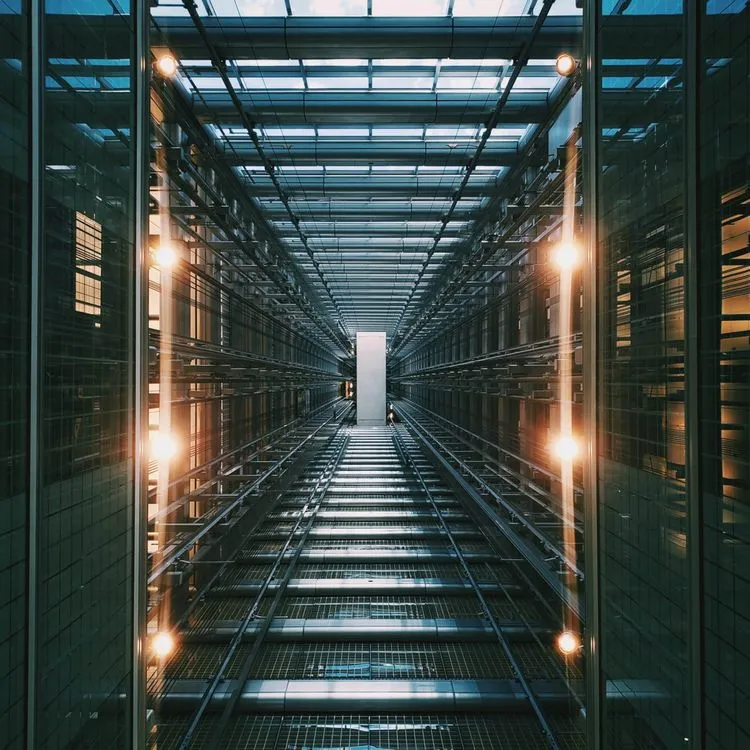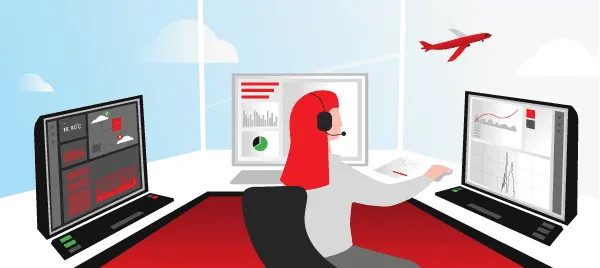What can you expect from a Tier 1 or Tier 2 data centre and how does it differ from Tier 3 and Tier 4 data centres?
With Hidora’s data centre tiers, businesses can be assured that they can recover their data in the event of an unexpected interruption.
It does not matter whether the company chooses the Tier 1, Tier 2, Tier 3 or Tier 4 data centre, because Hidora guaranWhat can you expect from a Tier 1 or Tier 2 data centre and how does it differ from Tier 3 and Tier 4 data centres?
With Hidora’s data centre tiers, businesses can be assured that they can recover their data in the event of an unexpected interruption.
It does not matter whether the company chooses the Tier 1, Tier 2, Tier 3 or Tier 4 data centre, because Hidora guarantees a secure connection with data backup and storage.
Thanks to an affordable payment plan, companies can comfortably choose their desired data centre level with Hidora.
We have the best servers at safehost to back up all your company data.

We also take care of all the maintenance of the company and, thanks to our servers, when the process is complete, all your company data can be recovered.
Companies using levels 3 and 4 can continue to work during the maintenance process.
Hidora’s data centre standards generate a certain stability in service level based on the type of level and requirements it can maintain.
For some time, 4 different levels have existed, but level 5 is emerging with new, innovative and more sustainable needs which will be explained in this article.
Hidora also cares about the environment, which is why we use green energy.
Renewable energy sources reduce the effects of global warming on our environment because they are all natural.
Reliability is another benefit of green energy; the companies we work with can be confident that they have a constant and surplus supply of energy as we are not more dependent on foreign energy supplies.
We will look at the different data standards so that you have a clear understanding of the different tiers of data centres and the benefits your business can gain from using each tier of data centre.
The different types of data centre levels
Level 1
Tier 1 data centres, which are the first type we have, are in the bottom tier because of the level of separation and interruption they have.
The system usually shuts down during power outages and emergencies and has only one path for its power and cooling equipment.
The structure also has to be completely shut down to carry out the annual check-up and renovation of the building, which can lead to significant downtime.
Its uptime is estimated to be always about 99.671% per year, which is equivalent to 28.8 hours of downtime.
Many small businesses like Tier 1 data centres, as they are the most affordable places to host their servers.
However, lack of backups and redundancy can really put the business at risk and Tier 1 data centres should be avoided if the business is highly dependent on data.
Level 2 data centre
The Tier 2 data centre has a slightly different uptime of 99.741%.
It contains more structure and measures to allow for less vulnerability to unforeseen shortages compared to Tier 1 data centres.
In addition, Tier 2 data centres must have elements of redundant (N+1) capacity, such as uninterruptible power supplies (UPS), cooling systems and backup generators.
Typically, it has a single channel for power and cooling, with some redundancy and backup.
For example, a generator could be used as a backup power and cooling system to keep the data centre environment at its best.
Users can expect an annual downtime of 22 hours and any part that is not working properly can be manually repaired by switching to a redundant element with a small downtime.
Scheduled repairs still require downtime, but they offer a level of dependency that Level 1 does not.
Level 3
The Tier 3 data centre is designed to fill the gaps in Tier 1 and Tier 2 data and is what medium and large companies still tend to prefer.
Most of its equipment is dual-powered and contains several uplinks.
With multiple paths for power, cooling and systems intact, servers can remain functional during maintenance and deliberate outages, so if one fails, the system can use others to operate.
Some data centres even provide equipment that is resistant to effusive problems.
They are generally referred to as Tier 3+ data centres in the chip market.
Its uptime is estimated to be 99.982%, or 1.6 hours of downtime per year.
The cost is significantly lower than for Tier 4 data centres.
As a result, most companies that need a regular online presence or full-time online operations generally opt for Tier 3 / 3+ data centres.
All IT equipment also has multiple power bases in these data centres, and special techniques are put in place to allow preservation and repair without necessarily turning off the system.
There is often some type of safety device in case of a power failure, such as in level 3 installations.
Level 4
As far as tiered data centres are concerned, tier 4 stands out as the highest tier of data centre tiers and also the most expensive.
The Tier 4 data centre can meet the needs of Tiers 1, 2 and 3 and also ensures that all equipment is fully fault-tolerant.
It is fully redundant, with multiple cooling systems, power sources and generators on standby.
Interruption should not occur when there is pre-planned maintenance and inadvertent breakdowns.
Tier 4 data centres have an estimated uptime of 99.995%, which represents 26.3 minutes of downtime per year, only 0.013% more than a Tier 3 data centre.
They also offer 96 hours of protection against power failure.
With insignificant development in terms of convenience, but a significantly higher price than the Tier 3 data centre, many companies will prefer the Tier 3 data centre to the Tier 4 data centre.
The redundancies built into Tier 4 data centres are designed to ensure that the system can operate smoothly even if one or more devices fail.
Everything is redundant, including generators, cooling units and power supplies, to name but a few, so that an alternative system can instantly take over if another fails.
Conclusion
When determining which data centre to choose, both availability and your IT needs must be taken into account.
Tier 1 and Tier 2 data centres are generally not suitable for mission-critical workloads unless you have no alternative and a contingency plan to manage business operations during interruptions.
It is recommended that companies host all their critical workloads in Tier 3 and Tier 4 data centres only.
It is better to pay for what can have all your data well protected to avoid any downtime.
It is also important that all companies maintain their data levels to avoid any unforeseen events.
Companies should also work with the best web and data hosting servers. tees a secure connection with data backup and storage.
Thanks to an affordable payment plan, companies can comfortably choose their desired data centre level with Hidora.
We have the best servers at safehost to back up all your company data.

We also take care of all the maintenance of the company and, thanks to our servers, when the process is complete, all your company data can be recovered.
Companies using levels 3 and 4 can continue to work during the maintenance process.
Hidora’s data centre standards generate a certain stability in service level based on the type of level and requirements it can maintain.
For some time, 4 different levels have existed, but level 5 is emerging with new, innovative and more sustainable needs which will be explained in this article.
Hidora also cares about the environment, which is why we use green energy.
Renewable energy sources reduce the effects of global warming on our environment because they are all natural.
Reliability is another benefit of green energy; the companies we work with can be confident that they have a constant and surplus supply of energy as we are not more dependent on foreign energy supplies.
We will look at the different data standards so that you have a clear understanding of the different tiers of data centres and the benefits your business can gain from using each tier of data centre.
The different types of data centre levels
Level 1
Tier 1 data centres, which are the first type we have, are in the bottom tier because of the level of separation and interruption they have.
The system usually shuts down during power outages and emergencies and has only one path for its power and cooling equipment.
The structure also has to be completely shut down to carry out the annual check-up and renovation of the building, which can lead to significant downtime.
Its uptime is estimated to be always about 99.671% per year, which is equivalent to 28.8 hours of downtime.
Many small businesses like Tier 1 data centres, as they are the most affordable places to host their servers.
However, lack of backups and redundancy can really put the business at risk and Tier 1 data centres should be avoided if the business is highly dependent on data.
Level 2 data centre
The Tier 2 data centre has a slightly different uptime of 99.741%.
It contains more structure and measures to allow for less vulnerability to unforeseen shortages compared to Tier 1 data centres.
In addition, Tier 2 data centres must have elements of redundant (N+1) capacity, such as uninterruptible power supplies (UPS), cooling systems and backup generators.
Typically, it has a single channel for power and cooling, with some redundancy and backup.
For example, a generator could be used as a backup power and cooling system to keep the data centre environment at its best.
Users can expect an annual downtime of 22 hours and any part that is not working properly can be manually repaired by switching to a redundant element with a small downtime.
Scheduled repairs still require downtime, but they offer a level of dependency that Level 1 does not.
Level 3
The Tier 3 data centre is designed to fill the gaps in Tier 1 and Tier 2 data and is what medium and large companies still tend to prefer.
Most of its equipment is dual-powered and contains several uplinks.
With multiple paths for power, cooling and systems intact, servers can remain functional during maintenance and deliberate outages, so if one fails, the system can use others to operate.
Some data centres even provide equipment that is resistant to effusive problems.
They are generally referred to as Tier 3+ data centres in the chip market.
Its uptime is estimated to be 99.982%, or 1.6 hours of downtime per year.
The cost is significantly lower than for Tier 4 data centres.
As a result, most companies that need a regular online presence or full-time online operations generally opt for Tier 3 / 3+ data centres.
All IT equipment also has multiple power bases in these data centres, and special techniques are put in place to allow preservation and repair without necessarily turning off the system.
There is often some type of safety device in case of a power failure, such as in level 3 installations.
Level 4
As far as tiered data centres are concerned, tier 4 stands out as the highest tier of data centre tiers and also the most expensive.
The Tier 4 data centre can meet the needs of Tiers 1, 2 and 3 and also ensures that all equipment is fully fault-tolerant.
It is fully redundant, with multiple cooling systems, power sources and generators on standby.
Interruption should not occur when there is pre-planned maintenance and inadvertent breakdowns.
Tier 4 data centres have an estimated uptime of 99.995%, which represents 26.3 minutes of downtime per year, only 0.013% more than a Tier 3 data centre.
They also offer 96 hours of protection against power failure.
With insignificant development in terms of convenience, but a significantly higher price than the Tier 3 data centre, many companies will prefer the Tier 3 data centre to the Tier 4 data centre.
The redundancies built into Tier 4 data centres are designed to ensure that the system can operate smoothly even if one or more devices fail.
Everything is redundant, including generators, cooling units and power supplies, to name but a few, so that an alternative system can instantly take over if another fails.
Conclusion
When determining which data centre to choose, both availability and your IT needs must be taken into account.
Tier 1 and Tier 2 data centres are generally not suitable for mission-critical workloads unless you have no alternative and a contingency plan to manage business operations during interruptions.
It is recommended that companies host all their critical workloads in Tier 3 and Tier 4 data centres only.
It is better to pay for what can have all your data well protected to avoid any downtime.
It is also important that all companies maintain their data levels to avoid any unforeseen events.
Companies should also work with the best web and data hosting servers.








